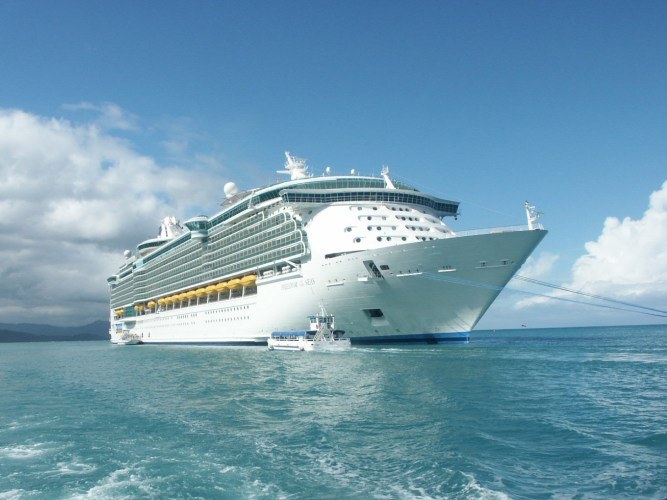Instruction
1
Any vessel is composed of a housing. It determines the appearance and contours of the ship. In the case isolated back – the stern, the bow section, one or even several decks and the hold. At the ends of the ship are the deck add-ons. The front of this tank, and at the rear, which on sailing vessels are often covered with a dense canopy. Vessels constructed according to the scheme of catamarans, are composed of two separate buildings, connected by a rigid or by means of articulated structures.
2
The interior space of the hull divided by bulkheads into a series of longitudinal and transverse parts. In order to make the ship unsinkable, the compartments is often made of sealed and independent from each other. If the ship get a hole, water will accumulate only in one of the compartments, the others will provide the ship buoyancy. For pumping water in each compartment of a modern vehicle provides a powerful pump.
3
In the water the ship is conventionally divided into two parts – the surface and underwater. The line where the water surface comes into contact with the body, is called the waterline. Typically, the plating applied to the load waterline. It indicates that the maximum sediment that can be tolerated at full load of the vessel. On the outer side of the underwater part of the ship are the propeller and rudder. Inside the underwater part often arrange the engine room and cargo spaces.
4
The bow of the ship provides easy movement while driving at significant speeds. Elongated and pointed nose of the ship allows you to effortlessly cut through the water column. The nose on both sides of the body enters the Board. The part that is installed above the deck is called the gunwale. In the back of the case, both sides end aft.
5
The upper part of the hull is called the deck. It set out various deck structures; sailing ships here raise the mast and associated equipment to control the sails. The number of masts on large sailing ships of past centuries reached three or even five. To securely hold the mast in a vertical position, to set and furl the sails, rigging systems are used.
6
Horizontal deck generally consists of a basis (a set) and the top of the deck. If the ship has multiple decks, they usually have their purpose. Very large ships may have a solid dual deck and the same massive double bottom. This design can protect the ship from overloading during heavy sea state.
